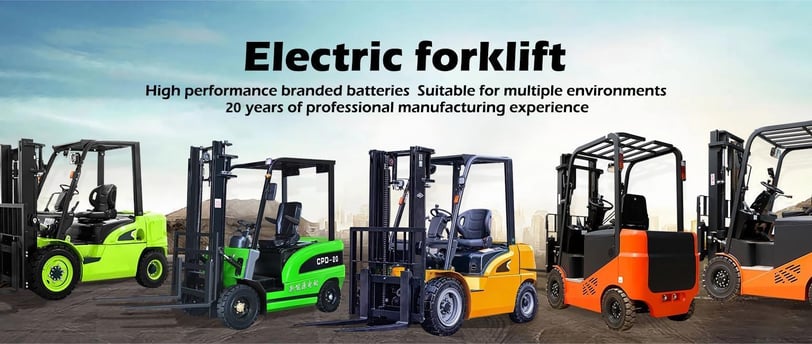Welcome to Forklifti
The Future of Forklifts: Trends and Predictions in Material Handling Technology
The Future of Forklifts: Trends and Predictions in Material Handling Technology
In the fast-paced world of material handling, staying ahead of the curve is crucial for businesses striving for efficiency and productivity. As technology continues to evolve, so do the capabilities of forklifts and other material handling equipment. Let's delve into some exciting trends and predictions shaping the future of forklifts:
1. Automation Revolution: The rise of automation is transforming the landscape of material handling. Forklifts equipped with advanced sensors and AI technology are becoming increasingly autonomous, capable of performing tasks with minimal human intervention. This trend is expected to streamline operations, reduce labor costs, and enhance safety in warehouses and distribution centers.
2. Electric Power: Environmental concerns and advancements in battery technology are driving the shift towards electric forklifts. With zero emissions and lower operating costs compared to their diesel counterparts, electric forklifts are gaining traction in various industries. As battery technology continues to improve, we can expect to see even greater adoption of electric-powered material handling equipment.
3. Telematics and IoT Integration: The integration of telematics and Internet of Things (IoT) technology allows for real-time monitoring and optimization of forklift performance. Fleet managers can track key metrics such as fuel consumption, maintenance schedules, and operator behavior, enabling proactive maintenance and cost savings. This trend is poised to revolutionize how businesses manage their material handling operations.
4. Enhanced Safety Features: Safety remains a top priority in material handling operations. Forklift manufacturers are investing in innovative safety features such as collision avoidance systems, pedestrian detection, and intelligent speed control. These advancements not only reduce the risk of accidents but also improve overall efficiency and productivity.
5. Adaptive Ergonomics: Ergonomics play a crucial role in operator comfort and productivity. Future forklift designs are expected to prioritize ergonomics, with adjustable seating, intuitive controls, and ergonomic cabin layouts. By prioritizing operator comfort and safety, businesses can improve employee satisfaction and retention.
In conclusion, the future of forklifts is brimming with innovation and opportunity. From autonomous operation and electric power to advanced safety features and ergonomic design, the latest trends and predictions in material handling technology promise to revolutionize the way we move and manage goods. By embracing these advancements, businesses can stay competitive in an ever-evolving market landscape.


